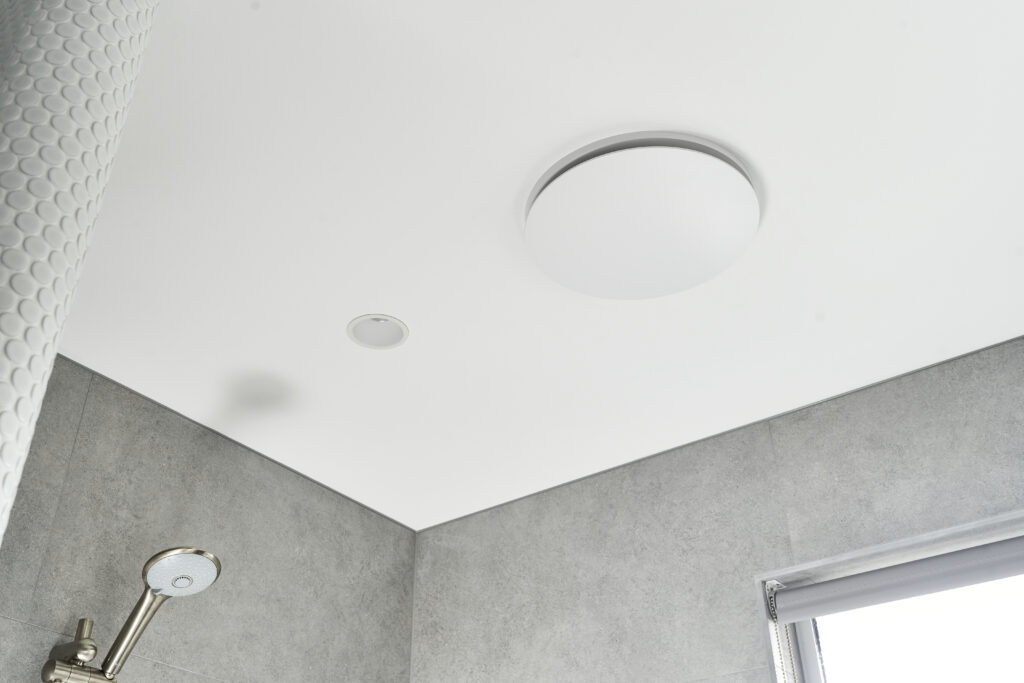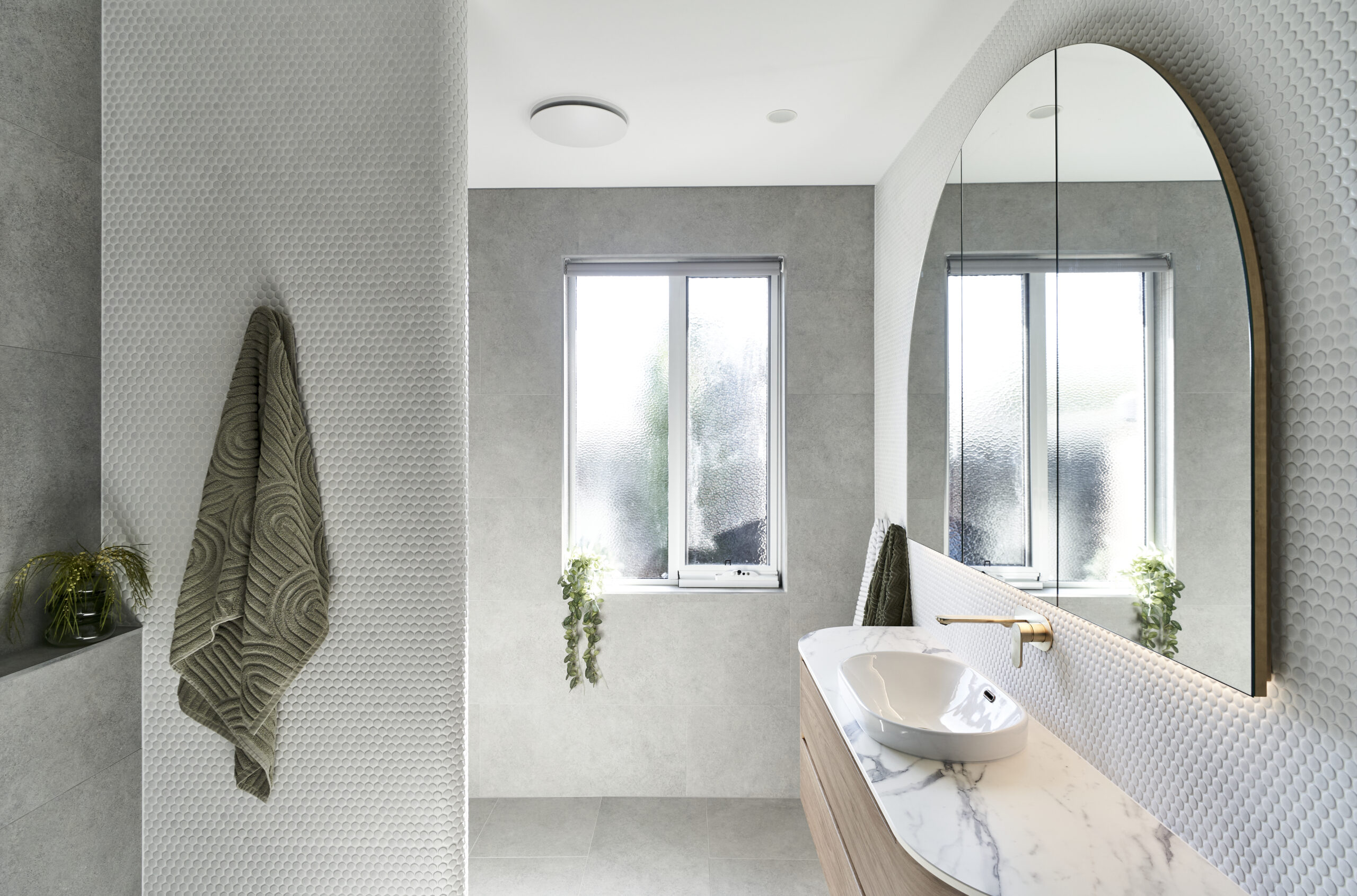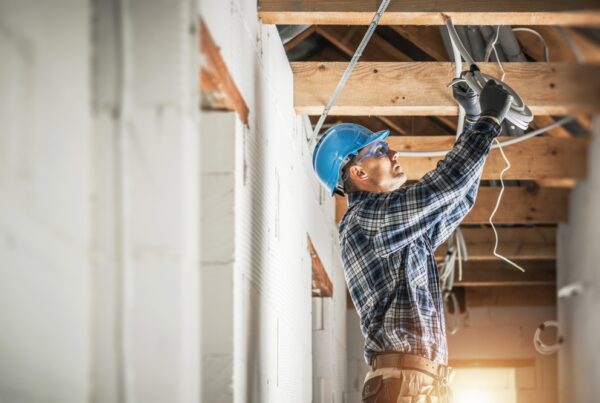When it comes to making a home comfortable and energy-efficient, having good ventilation is important.

Whether building from the ground up or embarking on a renovation of an existing home, understanding the importance of ventilation and how it affects energy ratings should be a priority for Australian landlords and investors, no matter what part of the country their investment home is in.
Leading ventilation experts, Fanco explain the importance of proper ventilation and how you can meet the 7-star rating requirements, including guidance on selecting the right accessories and options to ensure your ventilation system operates efficiently.
The role of ventilation
Ventilation, put simply, is the deliberate introduction of outdoor air into a house, which is essential for maintaining interior air quality. A good ventilation system raises oxygen levels, manages indoor temperatures, helps prevent condensation and mould growth within the home, and remove dust, allergens, and volatile organic compounds (VOCs) from household products that can negatively impact health. In a country with extreme temperatures, proper airflow helps regulate indoor climate, reducing reliance on heating and cooling systems, enhancing both comfort and energy efficiency.
The 7-Star Rating: What it means for landlords and investors
The Nationwide House Energy Rating Scheme (NatHERS) in Australia provides a star rating system for homes, ranging from 0 to 10 stars, based on their energy efficiency. A 7-star rating signifies a high level of energy efficiency, meaning the house requires less energy for heating and cooling, which translates to lower energy bills and a reduced environmental footprint.
For investors to achieve a 7-star rating on the ventilation of a new build or when renovating an older home, here’s what you need to know:
- Compliance with building codes: New homes must comply with the National Construction Code (NCC) and other relevant standards. This includes ensuring adequate natural and mechanical ventilation.
- Optimised design: Maximising natural ventilation involves strategic placement of windows, doors, and vents to facilitate airflow. Cross-ventilation, where air can flow from one side of the house to the other, is particularly effective.
- Energy-efficient appliances: Using energy-efficient ventilation systems, such as exhaust fans and heat recovery ventilators (HRVs), can help maintain air quality while minimising energy consumption. HRV units bring in fresh, filtered air and help keep your home at a comfortable temperature efficiently.
- Sealing and insulation: Proper sealing and insulation are crucial for maintaining energy efficiency. However, they must be balanced with effective ventilation to prevent the buildup of stale air and moisture. Exhaust fans are ideal for extracting moisture-laden, stale air, ensuring your home remains fresh and energy-efficient.
Ventilation accessories for optimal energy performance
For homeowners aiming to boost ventilation and exhaust fan efficiency, this means recognising the benefits of employing the right accessories to help achieve the 7-star rating.
Proper ducting is essential for preventing energy loss and maintaining efficient airflow throughout your home. It minimises leaks and ensures consistent air pressure, which significantly enhances the overall performance of your ventilation system. Vents and covers are crucial for evenly distributing air and preventing blockages, which in turn can make heating or cooling systems work harder than required, consuming more energy and contributing to higher household energy bills.
Various state and territory governments have developed programs to assist homeowners in becoming more energy efficient. Homeowners should explore the resources and incentives available in their region for improving home ventilation and sealing. For instance, programs offer the free installation of back-draft shutters to seal exhaust fans, significantly improving energy efficiency by preventing unwanted airflow when the system is not in use. While these components may seem small, they play a significant role in creating a more comfortable, energy-efficient home.
Other accessories homeowners can consider, particularly in bathrooms include:
· Run-on timers: These timers allow exhaust fans to operate for a set period after use, effectively removing excess moisture and steam, ensuring a healthy, comfortable, fire-safe, and energy-efficient environment.
· Humidity sensors: Automatically detecting and responding to high humidity levels, these sensors activate exhaust fans to prevent mould and mildew growth, protecting both health and building materials.
Speak with your builder to ensure optimal ventilation when building or renovating
When building or renovating, discuss ventilation with your builder to meet the 7-star rating requirements. Use this ventilation checklist to guide your conversation:
- Ventilation assessment: Evaluate your home’s ventilation needs based on its design, location, and use before construction.
- Natural ventilation: Incorporate windows, skylights, and vents to maximise natural airflow.
- Mechanical ventilation: Install high-quality systems in areas like bathrooms and kitchens where natural ventilation isn’t enough.
- Energy-efficient solutions: Choose energy-efficient ventilation products that meet Australian standards. Fanco offers solutions that enhance air quality and minimise energy use.
- Regular maintenance: Maintain and service all ventilation systems regularly to ensure efficient operation.
Ensuring your investment remains a sanctuary of comfort and well-being for its occupants starts with good ventilation practices. For more information visit www.fanco.com.au.









